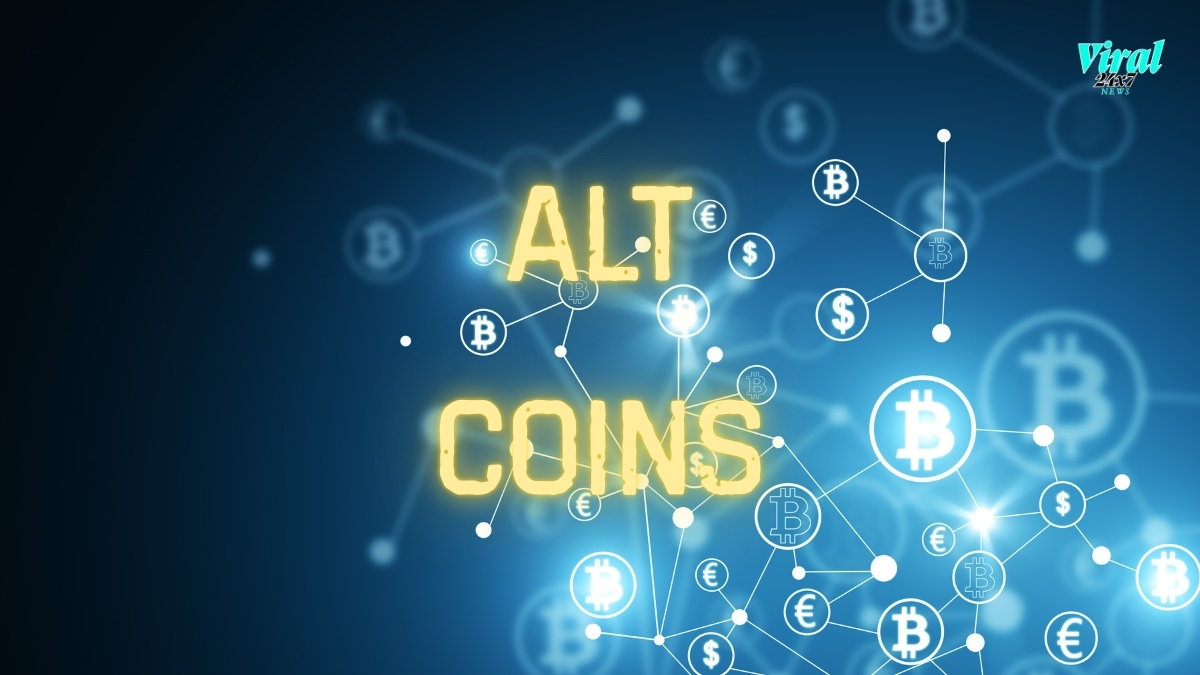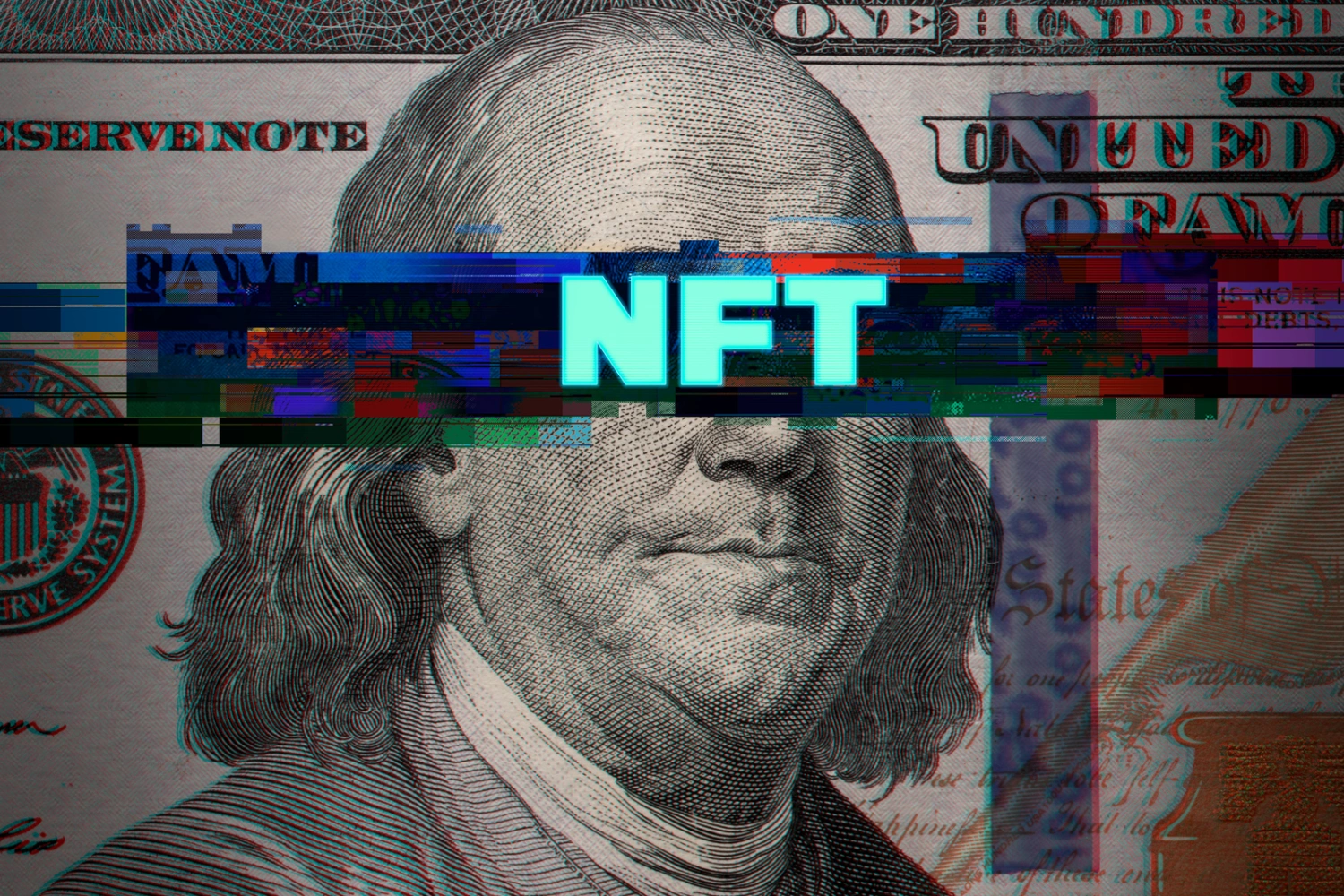Decentralized Governance in Algorithmic Stablecoins

- In the domain of cryptocurrencies as forms of money and blockchain innovation, advancement has no limits. One remarkable development that has gained traction is the concept of decentralized governance within algorithmic stablecoins.
- This notable methodology puts the force of decision-production straightforwardly under the control of the local area, upsetting the way stablecoins are overseen and guaranteeing a more equitable and versatile monetary biological system.
Decentralized administration is the act of permitting members of an organization to by and large settle on conclusions about the convention’s principles, boundaries, overhauls, and other basic matters.
With regards to algorithmic stablecoins, this implies that the destiny of the stablecoin’s soundness instruments, supply changes, and, surprisingly, its basic calculations are still up in the air through an agreement-driven process, as opposed to being constrained by a concentrated substance.
Empowering the Community
The concept of decentralized governance carries several key benefits:
1. Inclusivity: Decentralized administration opens the door for all partners to have something to do with the turn of events and development of the stablecoin. This vote-based approach guarantees that choices aren’t made exclusively by a select group and include a different scope of points of view.
2. Adaptability: Algorithmic stablecoins, by their nature, need to adjust to changing economic situations to keep up with dependability. Decentralized administration considers quick changes because of evolving elements, guaranteeing that the stablecoin stays compelling notwithstanding unpredictability.
3. Straightforwardness: Choices made through decentralized administration are frequently recorded on the blockchain, making an unchanging and straightforward record of the dynamic cycle. This straightforwardness builds trust among local individuals and forestalls stowed-away plans.
4. Accountability: Decentralized governance holds participants accountable for their decisions, as they are subject to scrutiny by the entire community. This accountability encourages responsible decision-making and discourages actions that might harm the stability of the stablecoin.
Examples of Decentralized Governance in Action
Several algorithmic stablecoins have embraced decentralized governance models with remarkable success:
1. DAI (MakerDAO): DAI is a stablecoin created on the Ethereum blockchain and maintained by the MakerDAO community. Holders of the MKR token, which is used for governance, can propose and vote on changes to the protocol, including adjustments to the collateralization ratio and stability fees.
2. Ampleforth: Ampleforth is another example of a stablecoin with decentralized governance. Holders of the AMPL token can participate in on-chain governance proposals related to the supply rebase mechanism, aiming to ensure that the token’s price consistently tracks a target value.
Challenges and Considerations
While decentralized governance offers significant advantages, challenges persist:
1. Coordination: Coordinating a large and diverse community to make decisions can be challenging, especially when it comes to reaching a consensus on complex issues.
2. Education: Educating community members about the technical and economic intricacies of the stablecoin’s operation is crucial for informed decision-making.
3. Security: Ensuring the security of the decentralized governance process is essential to prevent malicious actors from manipulating the system.
4. Evolution: As the stablecoin ecosystem evolves, decentralized governance models might need to adapt to new challenges and technological developments.
Conclusion
Decentralized governance has breathed new life into the world of algorithmic stablecoins. By placing power and decision-making capabilities in the hands of the community, these stablecoins become more responsive, transparent, and adaptable. As the blockchain landscape continues to evolve, decentralized governance models are likely to play a pivotal role in shaping the future of finance, fostering a more inclusive and collaborative approach to managing digital assets.







